{{{ AUTHOR INTERVIEW }}} Kathryn Troy, Author of 'The Specter of the Indian' & Giveaway!
Kathryn Troy has two Master’s Degrees in History from Stony
Brook University.
She contributed to the anthology The
Spiritualist Movement published by Prager in August 2013, and teaches at
Farmingdale State College and Suffolk
County Community College.
In her spare time she pours all she knows about the ghostly and supernatural
into her fiction writing.
Her latest book is The
Specter of the Indian.
WEBSITE & SOCIAL LINKS:
WEBSITE | FACEBOOK
About the Book:
Title:
THE SPECTOR OF THE INDIAN: RACE, GENDER, AND GHOSTS IN AMERICAN SEANCES, 1848 -
1898
Author: Kathryn A. Troy
Publisher: SUNY Press
Pages: 200
Genre: Historical Nonfiction
Author: Kathryn A. Troy
Publisher: SUNY Press
Pages: 200
Genre: Historical Nonfiction
The Specter of
the Indian unveils
the centrality of Native American spirit guides during the emergent years of
American Spiritualism. By pulling together cultural and political history; the
studies of religion, race, and gender; and the ghostly, Kathryn Troy offers a
new layer of understanding to the prevalence of mystically styled Indians in
American visual and popular culture. The connections between Spiritualist print
and contemporary Indian policy provide fresh insight into the racial dimensions
of social reform among nineteenth-century Spiritualists. Troy draws fascinating parallels between the
contested belief of Indians as fading from the world, claims of returned
apparitions, and the social impetus to provide American Indians with a means of
existence in white America. Rather than vanishing from national
sight and memory, Indians and their ghosts are shown to be ever present. This
book transports the readers into dimly lit parlor rooms and darkened cabinets
and lavishes them with detailed séance accounts in the words of those who
witnessed them. Scrutinizing the otherworldly whisperings heard therein
highlights the voices of mediums and those they sought to channel, allowing the
author to dig deep into Spiritualist belief and practice. The influential
presence of Indian ghosts is made clear and undeniable.
ORDER YOUR COPY:
Amazon | Barnes & Noble | Suny Press
Q: Welcome to The Writer's Life! Now that your book has been published, we’d
love to find out more about the process.
Can we begin by having you take us at the beginning? When did you come up with the idea to write
your book?
The Specter of the Indian started as an idea in graduate school. As a scholar, I have phases where different interests wax and wane in terms of their priority to me. So I knew from the start of working on a dissertation that I needed something that would keep my interest long enough to get through the process, before my mind latched onto something else. I did that by combining two of the highest interests I had—the study of Spiritualism and the study of American Indians—specifically, how the image of the “Indian” has been borrowed and used in American culture for a variety of functions. It turned out that such a marriage was ripe for study. All the historical material was there, but it had been largely overlooked up to that point by the academic community. There was more than enough space to contribute to our understanding of how “Indian” spirit guides became pervasive, and treading some new ground certainly kept my momentum and morale high.
I could say The Specter of the Indian started there. And in a way, it did. But really, it grew out of work I had already done on the Lakota Ghost Dance as an undergraduate at Hofstra University. I became aware then that independent research was one of my strong suits as a scholar, and that the intersection of Amerindian cultures and spirituality would not quickly lose their appeal to me.
Q: How hard was it to write a
book like this and do you have any tips that you could pass on which would make
the journey easier for other writers?
Academic writing is a very particular sort of beast. The standards for transparent methodology and supportable conclusions is extremely high. You’re trying to assert your expertise, and by extension your conclusions, by proving to established experts that you are thorough and careful in collecting all the necessary material (and I do mean all), and that you put your material together in ways that make solid, rational sense. Internal logic is a major concern even for fiction writers, to be sure, but: creativity has the potential to be unlimited. In history, as in other disciplines, you should only write what you can reasonably prove, and that can be limited by resources and evidence. When I write fantasy, it’s still hard work, but I can solve problems without adhering to a necessary and stringent set of rules.My tip for other researchers, whether they be historians, historical fiction authors, or those who research a slew of little details for authenticity (my favorite kind of author): practice acceptance. Accept that you might never feel like you know enough, even if you know more than anyone else. Accept that you have to read absolutely everything related to what you’re working on, and even some things that aren’t related, no matter how far away they are, or what language they’re in. You haven’t done your due diligence without it. Just accept it. When you’ve made your peace with the enormity of effort that research entails, you’ll get on with it much more effectively.
Q: Who is your publisher and how
did you find them or did you self-publish?
SUNY Press is my publisher for this work. For nonfiction, instead of the query, you submit a proposal—which is basically an outline of your major arguments and the structure of the work, how it contributes to existing literature on the subject (if there is any), what is new and unique about your work, and who might potentially buy it. I did this for a handful of the more well-known academic presses, and landed happily with SUNY Press. Then I went through the peer-review process. They sent my manuscript out to some experts in the field, who made suggestions for the text and a recommendation to the publisher (yea, nay, or needs work), we went through several rounds of revisions based on those notes, and then the editorial board finally accepted the manuscript with those revisions included. The feedback I got from those readers was invaluable, and I’m quite proud of the final product.
Q: Is there anything that
surprised you about getting your first book published?
I had a sort of interesting experience in terms of “first book.” I wrote this book before any others, but while it was being read, revised, and put into production, I also began writing fiction, and chose to self-publish the start of a romantic fantasy series. Since I was in control of the entire process in that case, A Vision in Crimson was released in June 2017. Both things were happening at once, and I was able to literally feel the difference between having an editor, a copyeditor, being consulted on cover design and seeing some prototypes, galley proofing, typesetting, etc. SUNY did all that for me, on their dime, and it was wonderful. For A Vision in Crimson, I hired, paid, and directed all the necessary persons. It was a lot of work, and I was rewarded with a great cover and professional, clean copy, and I did like having control…but it was so nice not to stress about it. Or pay for it out of pocket.
Q: What other books are you
working on and when will they be published?
I’m more focused on fiction right now than nonfiction. The sequel to A Vision in Crimson is in production now, and will most likely be released next year. A separate manuscript, Bog Body, is in the process of finding a home. It’s a dark romantic fantasy, but utilizes all my skills as a researcher, with strong threads of historical research woven throughout that give the story its backbone. It was really an awesome experience for me to delve into real history (of ancient Britain, Rome, and Egypt), and use what would make the story just believable enough, without writing nonfiction.
Q: What’s one fact about your
book that would surprise people?
The Specter of the Indian: Race, Gender, and Ghosts in American Séances, 1848-1890 is full of vivid details from séance-goers about what they saw and heard, and how they recognized ghosts and being “Indian,” even in the dark. The records of their experiences are remarkable, and I’ve included those events in the witness’ own words as much as possible. I think what will surprise readers is the breadth and scope of this phenomenon in a movement that continues to be popular, and continues to contain these elements. It was really something to be swimming in research that hadn’t been presented in quite that way to the public before, and see just how much was there.
Q: Thank you again for this
interview! Do you have any final words?
Thank you for having me! For more information about The Specter of the Indian and other projects, stop by http://ladybathoryscloset.blogspot.com When current projects reach completion, one day, in the not-too-far future, there will most likely be a novel that uses all my Spiritualist brainpower. You’ll not want to miss that.
Kathryn Troy is giving away 2 sets of spiritual postcards and 2 Ouija design tote bags!
Terms & Conditions:
- By entering the giveaway, you are confirming you are at least 18 years old.
- Four winners will be chosen via Rafflecopter
- This giveaway ends midnight September 29.
- Winner will be contacted via email on September 30.
- Winners have 48 hours to reply.
Good luck everyone!







































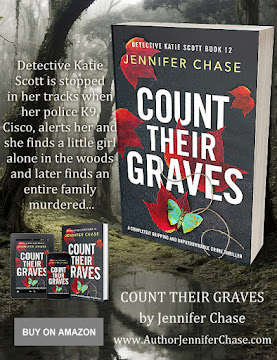






























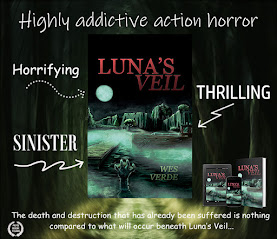
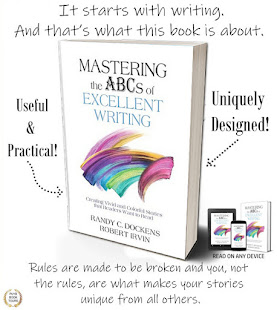
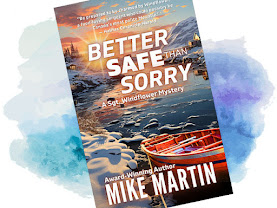
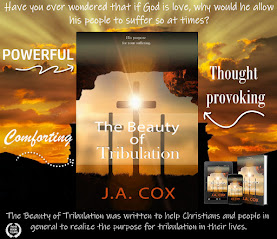













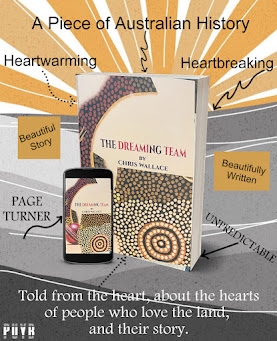




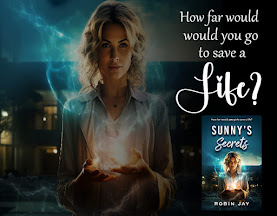

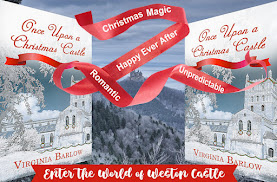






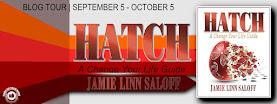



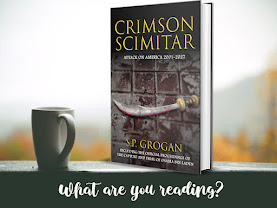


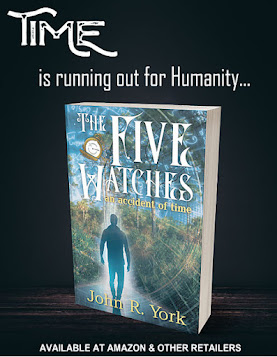

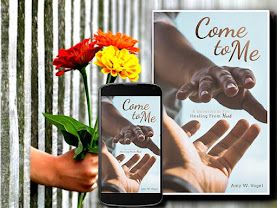



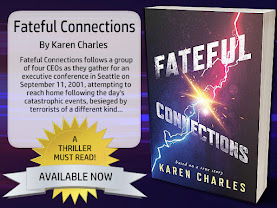


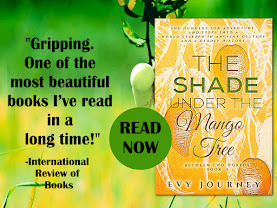







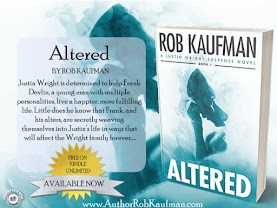
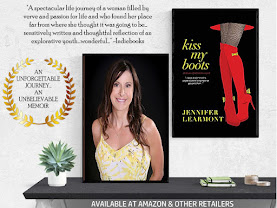
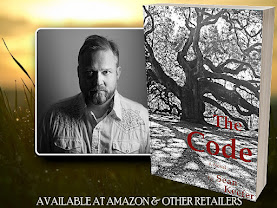



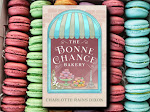
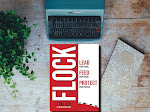


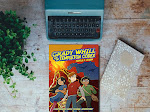


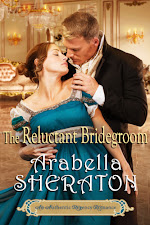
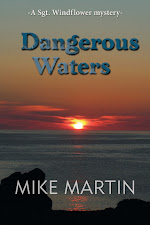



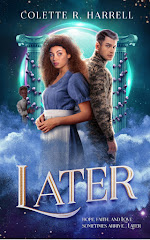
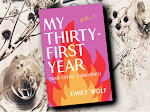
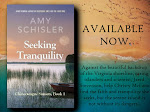





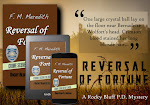

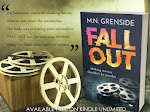


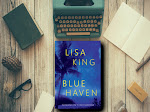




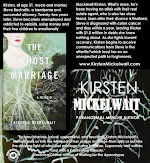

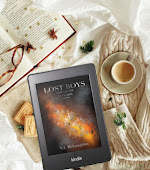




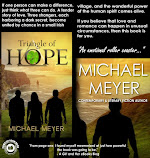
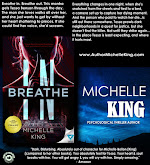
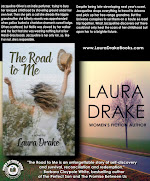


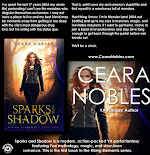
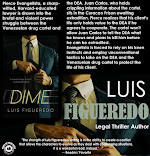

























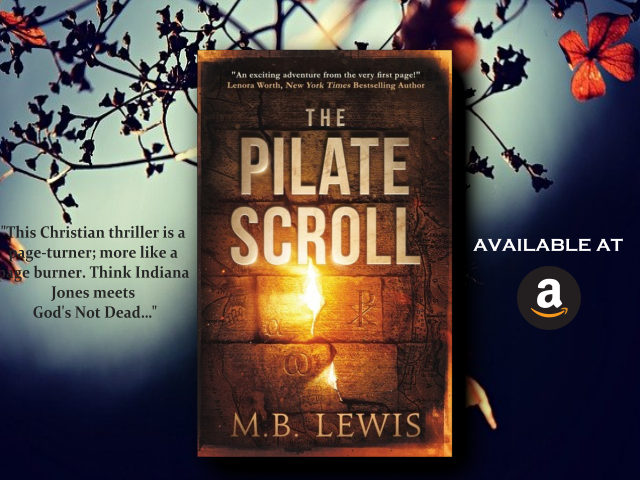













Leave a Comment